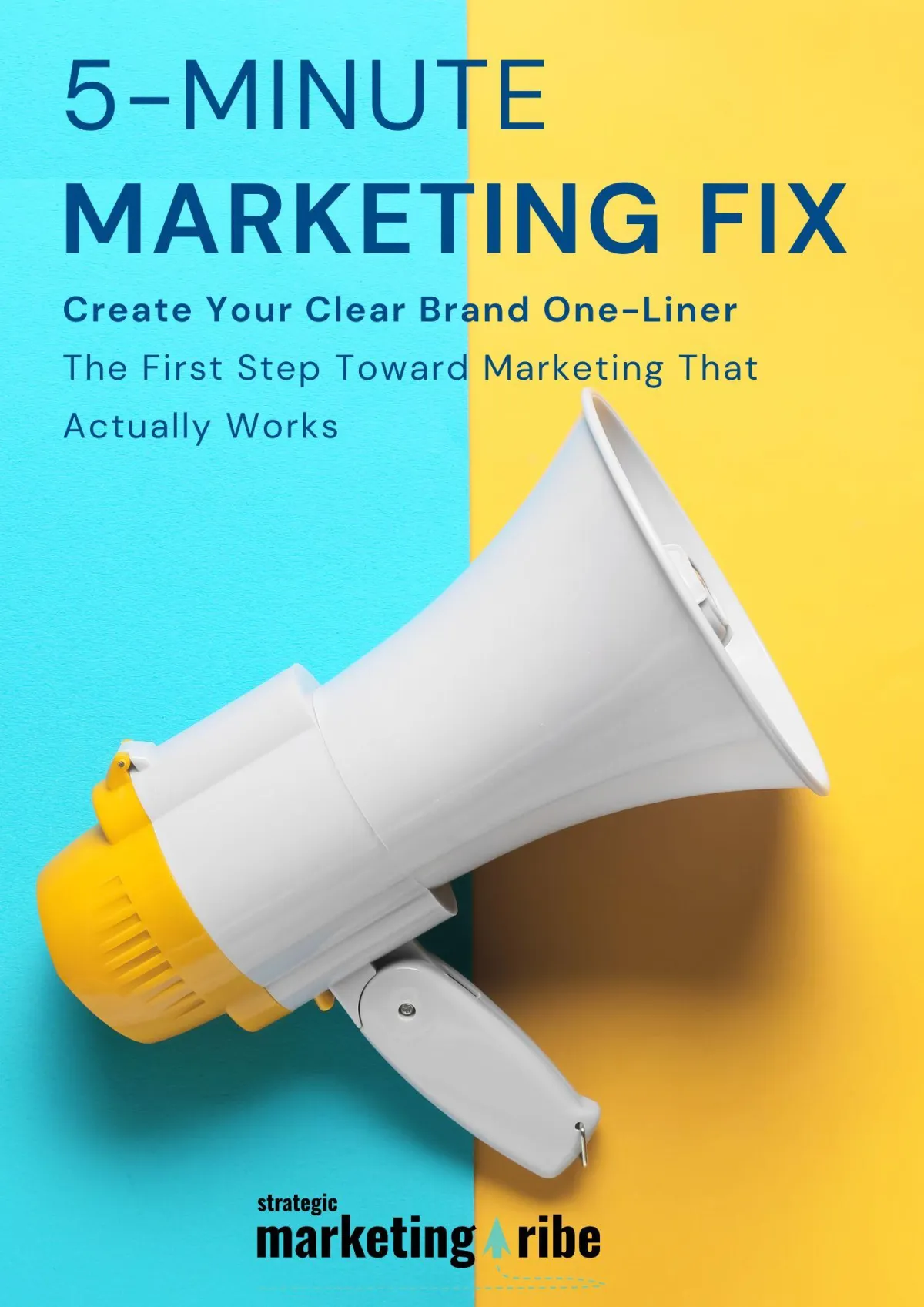NEWS, MEET STRATEGY
Real news, real insights – for small businesses who want to understand what’s happening and why it matters.

Trust in News Hits New Lows—Why It Matters for Your Marketing
By Vicky Sidler | Published 2 August 2025 at 12:00 GMT
When only 40% of people trust most news most of the time, we have a trust issue bigger than your phone’s battery percentage after 5 pm. But here’s the kicker: the same things that make people trust—or distrust—news apply to your business too.
Whether you’re running a coffee shop, a coaching practice, or a software startup, you’re asking customers to trust what you say. And if you’re getting blank stares, unsubscribes, or the dreaded “seen” with no reply… there’s probably a messaging problem.
Let’s look at what the latest research reveals—and what you can do about it.
TL;DR
Only 40% of people globally trust most news.
Trust isn’t just about truth—it’s about perception.
People want transparency, fairness, and clear standards.
Political views don’t explain trust differences as much as interest does.
If people don’t trust you, they won’t listen—even if you’re right.
Use the same principles in your marketing to build genuine trust.
👉 Want to build trust in your business fast? Download the 5-Minute Marketing Fix and get your messaging right.
Trust Is a Perception Game (Whether You Like It or Not):
In a global study led by Prof. Rasmus Kleis Nielsen and Dr. Richard Fletcher, only 4 in 10 people across 47 countries said they trust “most news most of the time.”
That’s not just a media problem—it’s a wake-up call for every business trying to earn attention. Trust is no longer about being trustworthy. It’s about being perceived that way.
And if that makes your left eye twitch a bit, you’re not alone. But stay with me.
What People Say Builds Trust (And What Doesn’t):
The researchers looked at eight key trust drivers. Here’s what mattered most across age groups, countries, and political views:
Transparency (how the sausage is made)
High editorial standards (the sausage should be real meat)
Freedom from bias (hold the spicy hot takes)
Representing people like the reader fairly
Things that mattered less than you'd expect?
Whether the news outlet shares the reader’s values
Whether the outlet had a long history
Whether it’s “too negative” or “sensational”
Bottom line: your audience doesn’t need you to agree with them—they need to feel seen, respected, and told the truth in a way that’s clear and consistent.
The Marketing Takeaway—Trust Doesn’t Require Magic:
You don’t need a viral stunt or a heartfelt founder video with dramatic piano music to earn trust. You just need to do the basics well and do them consistently.
Here’s how to translate those same trust factors into your own content and marketing:
1. Be transparent—even if your process is messy:
Show how you do what you do. People are surprisingly forgiving if they understand what’s going on.
Use behind-the-scenes content.
Explain your pricing simply.
Tell them what’s happening next.
If you hide your process behind jargon, guess what they’ll assume? That you don’t know what you’re doing—or worse, you’re hiding something.
2. Set a standard and stick to it:
Are you publishing thought leadership one week and ghosting the next? Launching offers that sound different every time? People don’t trust inconsistency.
Pick a tone, stick to it. Pick a niche, stick to it. Pick a brand promise, definitely stick to it.
3. Cut the bias—no, really:
Don’t just shout about how great your product is. Show outcomes. Show customer wins. Use reviews. Use data. Share stories that speak for themselves.
And if you make a mistake? Own it. Correction beats defensiveness every time.
4. Represent your audience fairly:
This one's big. The research showed that what really boosts trust isn’t just facts—it’s feeling seen.
In your messaging:
Reflect your customer’s actual situation.
Avoid buzzwords they’d never use.
Write like you’re talking to one person, not the investors of Shark Tank.
Most people don’t trust brands because they feel like the brand doesn’t “get” them. Fix that, and you're already ahead of the game.
It’s Not About Left vs Right. It’s About Caring vs Tuning Out:
The study also busted a common myth: people don’t mistrust news because they’re left-wing or right-wing. The bigger factor? Whether they care about politics at all.
Apply that to your business. Some people are die-hard fans. Others are casual browsers. And a surprising number don’t care until they really need you.
So stop only writing for the die-hards. Speak clearly to the casually curious. They’re your biggest untapped market.
What Happens When Trust Is Low?
When people don’t trust the news, they tune out. They ignore headlines, scroll past posts, and assume everything’s an ad.
When people don’t trust your message, they do the same. No clicks. No replies. No sales.
That’s not a brand problem. That’s a messaging problem.
So, What Can You Do Today?
You don’t need to revamp your entire brand. You just need to show up clearly, consistently, and honestly.
Start with this: can you explain what you do in one sharp, helpful sentence? If not, download the free 5-Minute Marketing Fix.
It helps you clarify your core message so people get it—and trust it.
Because when trust is low, clarity isn’t optional. It’s everything.
👉 Download it here:5-Minute Marketing Fix

Created with clarity (and coffee)







